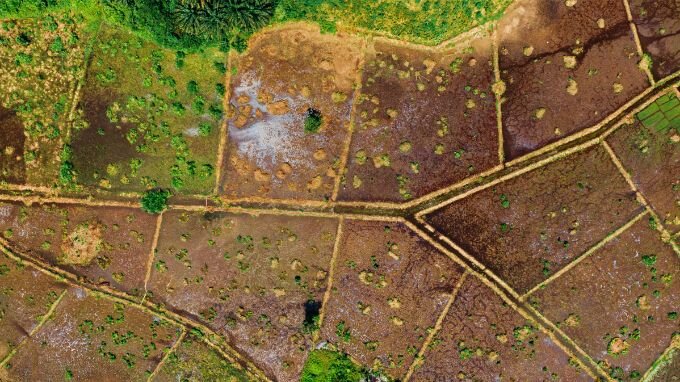If you’re looking to buy or sell land in the United States, one of the most important things you’ll need to know is its value. Determining land value in the United States can involve numerous factors such as location, zoning, terrain, etc. In this article, we’ll explore the various methods used to calculate land value in the United States so you can make informed decisions about buying or selling property.

Understanding Land Valuation in the United States
Before we dive into the various methods of calculating land value, it’s essential to understand what factors can influence land value in the United States. Here are a few key factors to keep in mind:
Location
The location of the land is perhaps the most critical factor in determining its value. Land in prime locations, such as near the coast or in bustling cities, will typically be worth more than land in rural areas.
Zoning
The zoning of the land can also impact its value. Land zoned for commercial use is usually more valuable than land zoned for residential use.
Terrain
The terrain of the land can also play a role in its value. For example, land with a hill or mountain may have a higher value than flat land.
Access
The ease of access to the land can also impact its value. Land with good road access or access to public transportation will generally be more valuable than land with limited access.
How To Calculate The Value Of Land In The US?
Methods of Calculating Land Value
Now that we’ve covered the key factors that can influence land value, let’s explore the various methods used to calculate the value of land in the United States:
Comparative Market Analysis (CMA)
One of the most common methods of determining the value of land is through a Comparative Market Analysis (CMA). A CMA involves comparing the land to similar properties recently sold in the same area. Real estate professionals use this method to determine a fair market value for the land-based on recent sales.
Cost Approach
Another common method of determining land value is the Cost Approach. This method involves adding up the land’s cost and any improvements, such as buildings or infrastructure. The final value is determined by subtracting any depreciation.
Income Approach
The Income Approach is another method used to calculate the land value, typically used for commercial or investment properties. This approach considers the potential income the land could generate based on the rental income or profit from the land sale.
Residual Approach
The Residual Approach is another method used to calculate the value of land in the United States, typically used for undeveloped land. This approach involves subtracting the cost of development and any desired profit from the potential sale price of the land.
Working with a Professional
While these methods can provide a good estimate of land value in the United States, working with a professional real estate agent or appraiser is essential to get a more accurate valuation. A professional can consider all the factors we’ve discussed and provide an informed opinion on the value of the land you’re interested in.
Conclusion
Calculating land value in the United States can be a complex process, but understanding the various factors influencing land value and the different methods used to calculate it can help you make informed decisions about buying or selling property. We buy land fast with cash without hassles and problems. Sell your land quickly to Harmony Land Buyers LLC.
Get Started: Get Your Cash Offer Below…
We are direct land buyers. There are no commissions or fees and no obligation whatsoever. Start below by sharing where your property is and where we can send your offer…
